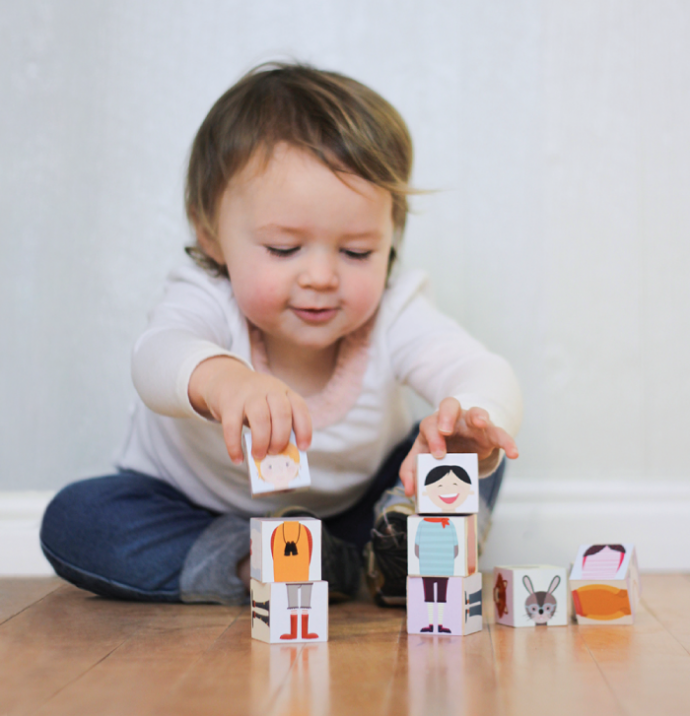Make S.M.A.R.T. Speech Therapy Goals
If you’re the parent of a child in speech therapy, you might sometimes feel like you’re up against a wall of resistance. Maybe there are unknowns when it comes to your child’s speech disorder, and your child might be frustrated with the speech therapy routine or homework. As adults it is easier to see the big picture – that improved communication skills are so valuable for the future and worth the effort. For kids, however, speech therapy can be tiring, hard work, and sometimes even a source of insecurity among peers. Help your son or daughter set and reach speech therapy goals using a traditional business model – S.M.A.R.T. – and you’ll find that speech therapy might just get a little easier, and the goals a little closer.
What Is S.M.A.R.T Goal Planning?
Have you ever heard of the phrase if you fail to plan, you plan to fail? The S.M.A.R.T. goal planning model helps you make sure that you are planning for success. While the model is often used in business planning, it is a very beneficial guideline for kids and has been successfully used by many special education teachers and SLPs. You can help your child apply this approach for speech therapy, or even academic homework, too.
Smart Speech Therapy Goals
S – Specific – Work with your child’s SLP to establish very specific goals. The general goal of “improve articulation” can seem overwhelming and unobtainable for kids. The more specific the goal the greater the likelihood that your child will feel empowered and capable. If you’re stuck on how to make the goals specific, work with your child to answer the basic questions of:
- Who? (child, child w/parent, or child/SLP combo)
- What? (specific goal)
- When? (days/times during week)
- Where? (at SLP’s office, in home, on the go)
- How? (any extra tools/supplies needed)
M – Measurable – Look for measurable ways your child can work on speech therapy goals. This might mean playing 2 vocabulary games, completing 3 worksheets, or attending a month of therapy appointments.
A – Achievable – Some speech disorders are more difficult to treat than others and the goals for your child should be achievable based on his or her specific challenges. Make sure your child has the resources needed to make the goals achievable, both in time and in tangible supplies. Help your child navigate any obstacles that might otherwise prevent him from tackling the goal.
R – Realistic – Make sure that the steps needed to reach the goal are healthy, logical, and in line with the overall objectives of the SLP. A goal of “no stuttering by end of summer” for a child who is just beginning speech therapy for stuttering is not only unlikely to happen so swiftly (if at all), but it can create an unhealthy self-image for the child. A better goal would be “improve pacing of speech during class presentations” because it is specific and uses positive language.
T – Timely – Make sure to incorporate time-related markers for the goals. Time is tangible, measurable, and specific. Some examples of these might be:
- Work on speech therapy flashcards for 15 minutes 4 days a week
- Improve articulation when reading the /r/ sounds book in 3 weeks
- Attend speech therapy group sessions at least 2 times this month
- Read aloud for 10 minutes each day to Mom or Dad
When you work with your child to create S.M.A.R.T. goals, you are teaching him or her how to use an approach to many of life’s challenges, not just speech therapy. By partnering with your child’s SLP you can also make sure that your child is receiving consistent instruction and expectations. Use motivation charts to help keep track of the goals to which your child is working. Remember – you can already see the big picture, but your child needs you to begin with a simple sketch of what the steps look like along the way.



